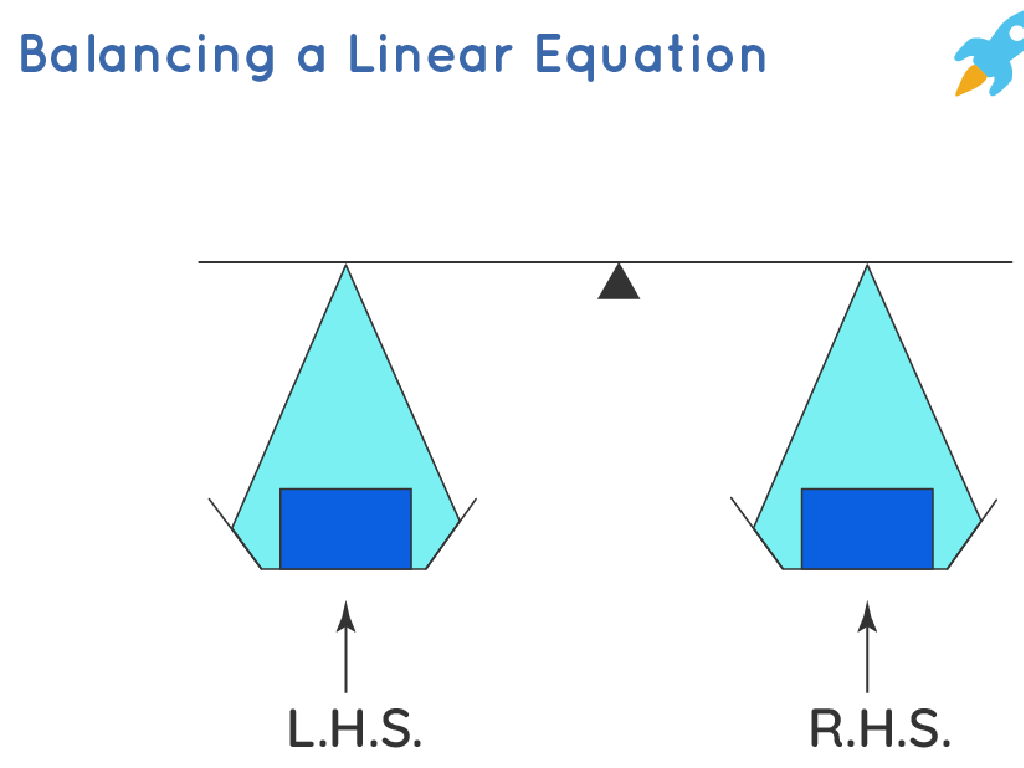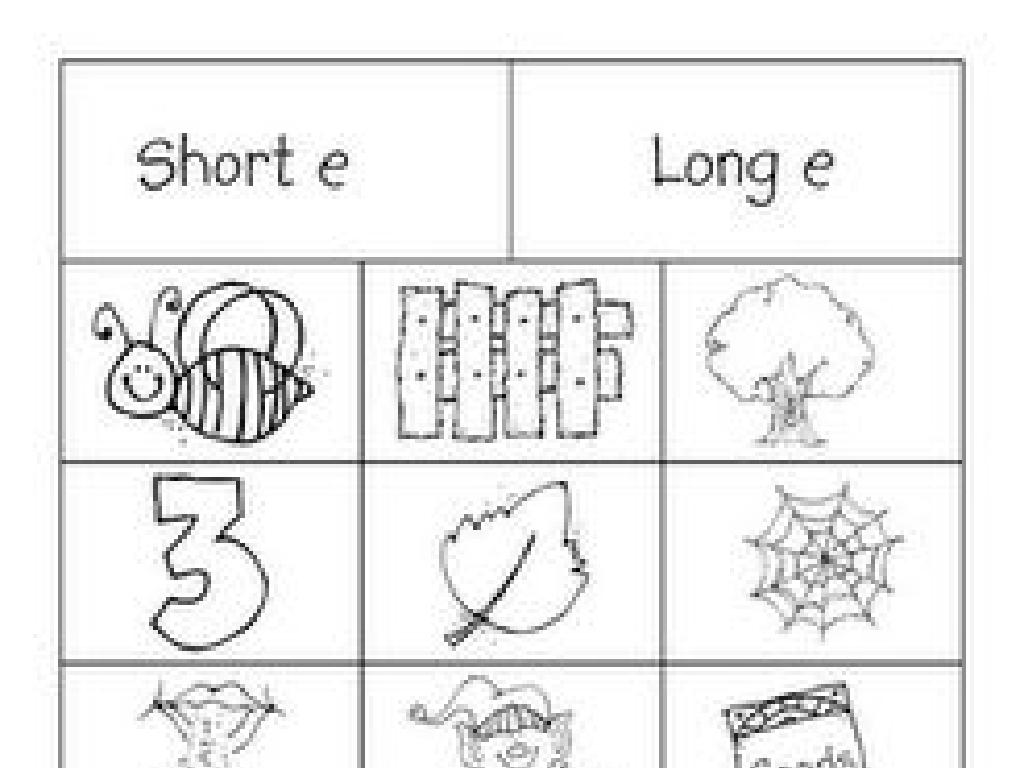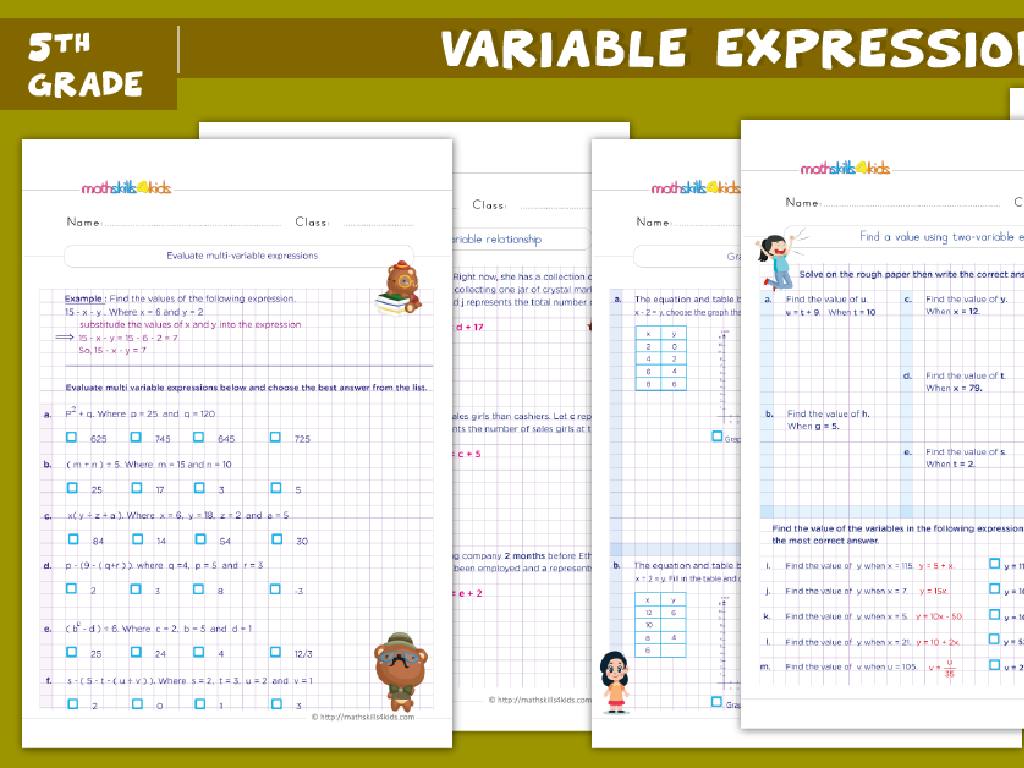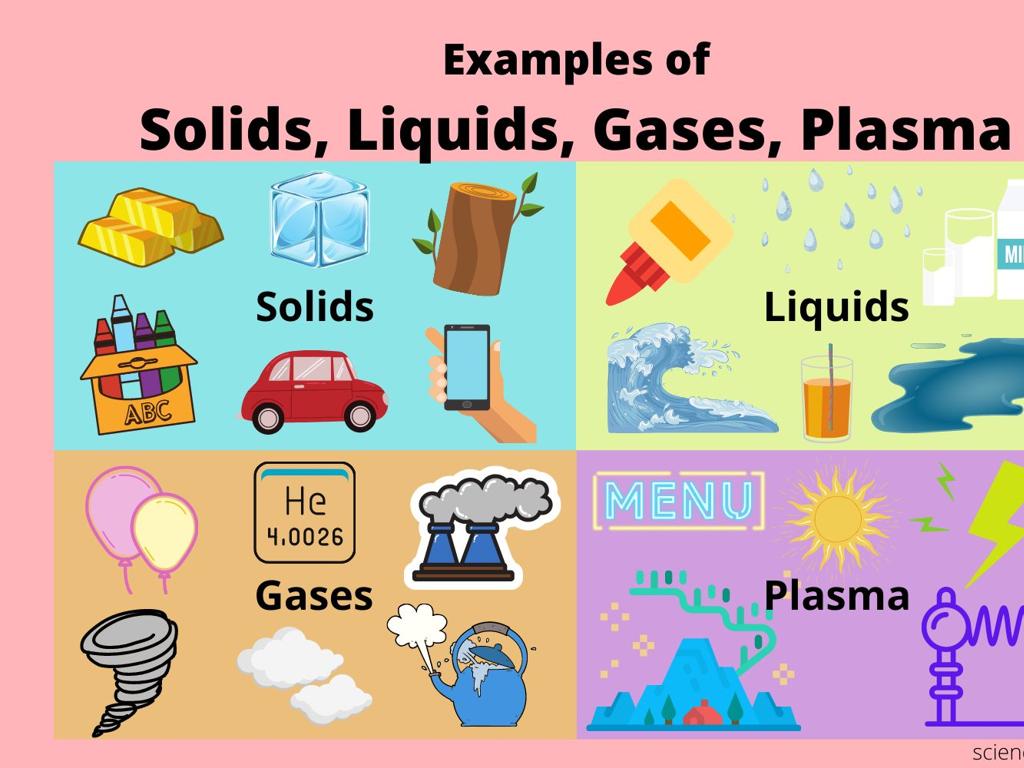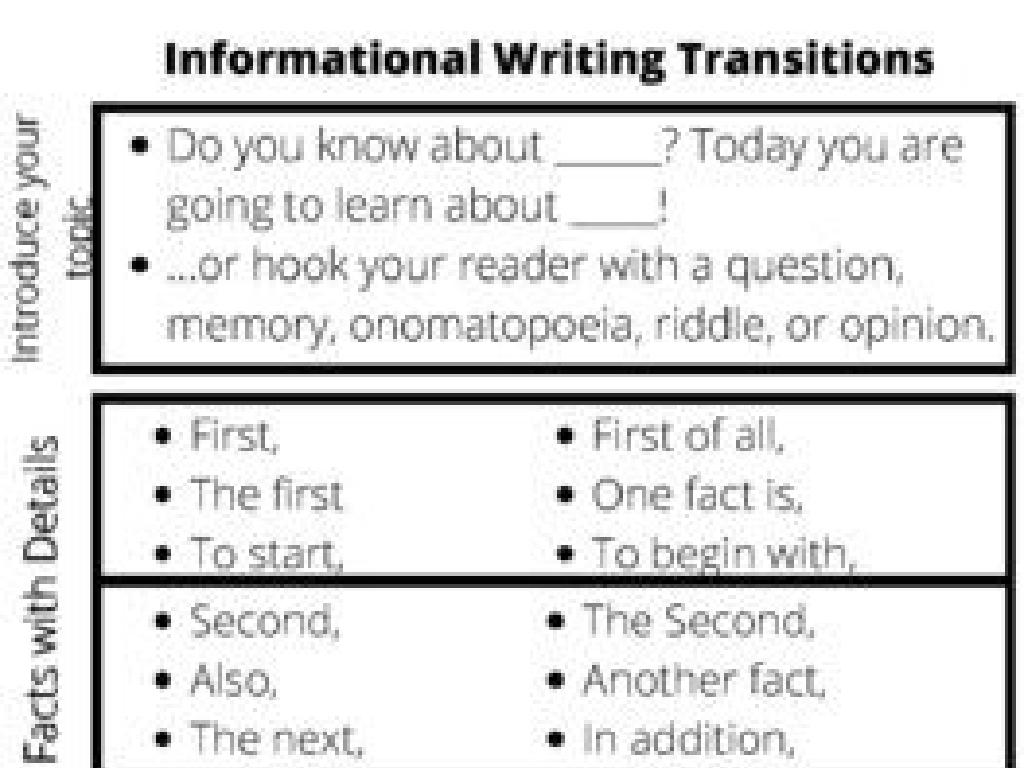Use Key Details To Determine The Main Idea
Subject: Language arts
Grade: Fourth grade
Topic: Main Idea
Please LOG IN to download the presentation. Access is available to registered users only.
View More Content
Today’s Adventure: Finding the Main Idea!
– What does ‘Main Idea’ mean?
– It’s the big point or the most important thing the author is telling us.
– Importance of ‘Main Idea’
– Helps us understand and remember what we read.
– How to spot the ‘Main Idea’
– Look for repeated words or ideas in a paragraph.
– Practice finding ‘Main Idea’
– We’ll read a story together and identify the main idea.
|
This slide introduces the concept of the ‘Main Idea’ to fourth-grade students, which is a crucial reading comprehension skill. Start by explaining that the main idea is the central message or point that the author wants to convey in a text. Emphasize why understanding the main idea is essential it helps students grasp the most important aspects of what they’re reading, which aids in better comprehension and retention of information. Teach them to look for key details like repeated phrases or ideas that point to the main idea. Conclude with a class activity where students will practice finding the main idea in a selected story, encouraging them to discuss and share their thoughts.
Discovering the Main Idea
– Main idea: the treasure of the text
– It’s the author’s big point
– Think: What is the author really trying to say?
– Details in the text are clues
– Like detectives, we use details to solve the mystery of the main idea
– Learn to find the main idea
– We’ll practice strategies to uncover the main idea in stories
|
The main idea is the central, most important theme of a text that the author wants to convey. It is the ‘treasure’ that the entire text revolves around. To help students grasp this concept, compare finding the main idea to discovering a treasure; the key details are like clues on a treasure map. Encourage students to ask themselves what the author is trying to tell them. Provide examples and exercises where students can practice identifying the main idea using supporting details from the text. This will help them become more proficient readers who can understand and summarize the core message of any reading material.
Unlocking the Main Idea with Key Details
– Key details are clues to the main idea
– Think of key details as puzzle pieces that reveal the big picture
– They support and tell more about the main idea
– Like how a backpack, books, and a bus can tell us school is the main idea
– Spotting key details in texts
– We’ll learn strategies to find these clues in paragraphs
– Practice finding key details
– We’ll do activities to become detective readers!
|
This slide introduces the concept of key details as essential components that support the main idea of a text. Explain to students that just like detectives use clues to solve a mystery, readers use key details to determine the main idea. Provide examples of key details and how they relate to the main idea. Engage the class with strategies for identifying key details, such as looking for repeated words or phrases, and understanding the context. Plan interactive activities where students can practice finding key details in sample texts, enhancing their comprehension skills. Encourage them to ask questions about the text and discuss their thoughts with classmates.
Becoming a Main Idea Detective
– Learn to be a main idea detective
– Use key details as clues
– Key details support the main idea like clues in a mystery
– Find the main idea in a paragraph
– The main idea is what the paragraph is mostly about
– Practice with examples
– We’ll look at paragraphs together and discover the main ideas
|
In this slide, we’re equipping students with the skills to become ‘main idea detectives.’ Start by explaining that finding the main idea in a text is like solving a mystery, where key details are clues that point to the main idea. Emphasize that the main idea is the big point or the most important information the author wants to convey, and it’s usually supported by other smaller details. Provide examples of paragraphs and guide students through the process of identifying the main idea by looking at the key details. Encourage them to ask, ‘What’s the most important point the author is trying to make?’ After the explanation, engage the class with practice examples where they apply these skills to find the main idea themselves.
Let’s Practice: Finding the Main Idea
– Read a paragraph as a class
– Spot key details in the text
– Look for important facts or information
– Discuss the main idea together
– What is the paragraph mostly about?
– Share our thoughts and understanding
– Listen to different perspectives
|
This slide is for a class activity aimed at teaching students how to determine the main idea of a paragraph by using key details. Start by reading a paragraph together with the class, then guide the students to identify and highlight the key details that support the main idea. Facilitate a group discussion where students can share their thoughts on what they think the main idea is and why. Encourage them to use the key details they’ve identified to justify their answers. This activity will help students practice critical reading skills and improve their ability to comprehend and analyze texts. Possible activities for different students could include identifying the main idea of different paragraphs, creating a mind map of the key details, or writing a summary based on their understanding of the main idea.
Your Turn to Investigate: Finding the Main Idea
– Read a unique paragraph individually
– Note down the key details
– Look for who, what, when, where, why
– Think about the main idea
– The main idea is what the paragraph is mostly about
– Share your thoughts with the class
|
This activity is designed to enhance students’ comprehension skills by identifying the main idea from key details in a paragraph. Distribute different paragraphs to each student to ensure a variety of main ideas are discussed. Encourage them to focus on the ‘5Ws’ – who, what, when, where, and why – to extract key details. Guide them to summarize these details to infer the main idea. After writing down their thoughts, create a collaborative environment where students can share and discuss their findings with the class. This will not only help them understand different perspectives but also reinforce their ability to discern the main idea from supporting details.
Class Activity: Crafting Your Main Idea Tree
– Construct a ‘Main Idea Tree’
– Write the main idea on the trunk
The central thought or message of your story goes on the trunk
– Add branches with key details
Each branch represents a supporting fact or detail from the story
– Share your tree with the class
Explain how each branch relates to the trunk’s main idea
|
This creative activity is designed to help students visually organize their thoughts and understand the structure of a text. By creating a ‘Main Idea Tree,’ students will identify the main idea of a chosen story or article and then select key details that support that main idea, writing them on the branches. This reinforces the concept that the main idea is supported by multiple details. For the teacher: Prepare art supplies such as construction paper, markers, and glue. Guide the students through the process of identifying the main idea and key details from a text. Allow students to be creative with their trees. Once completed, facilitate a presentation session where each student explains their tree to the class, discussing how the key details (branches) support the main idea (trunk). This will help students practice public speaking and reinforce their understanding of the text’s structure.
Conclusion: The Power of Main Ideas
– Importance of main ideas
Understanding the main idea helps us grasp the big picture in texts.
– Using details in daily reading
Key details act as clues to unlock the main idea in stories and articles.
– Reflect on today’s lessons
Think about how identifying the main idea helped with comprehension.
– Engage in class discussion
Share thoughts on how today’s strategies will help with future reading.
|
As we wrap up today’s lesson, emphasize to students how identifying the main idea can improve their overall understanding of a text. Discuss how focusing on key details can guide them to the main idea, which is especially useful in summarizing and analyzing texts. Encourage students to reflect on how the strategies learned today can be applied to their everyday reading, whether for school or pleasure. Facilitate a class discussion, allowing students to share their insights and experiences from the lesson. This will help reinforce their understanding and give them confidence in their ability to discern main ideas in various texts.

